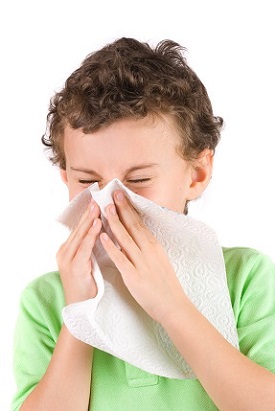
Evolution of Etiquette - Hygiene-Concomitant
Experts state that with the advent of culture, social etiquette underwent evolution along three main categories, each of these categories were centered around specific themes that regulated the way people maintained their personal and social lives.
These three categories are −
- Hygiene
- Courtesy
- Cultural norms
Hygiene was centered around sanitation and cleanliness which protect people from diseases, courtesy was centered around survival and social acceptance, whereas cultural norms were established to feel protected in the company of like-minded individuals.
This was termed as concomitance which means, coming into existence as the consequence of an action. Since all three fields are vital to a persons life, one can understand how encompassing etiquettes are in a persons life.
Hygiene-concomitant Etiquette was evolved from the need to teach manners to others that prevents disease and its transmission. These etiquettes are taught at a young age, especially as the children are the most vulnerable to diseases and inculcating good hygiene at a young age is going to build a healthy habit in them.

On asking children at the age of 12 as to why they were tucking their napkins before drinking soup, sneezing into their handkerchiefs, while others are simply sneezing and coughing into the air, they will all just say Momma taught us so. When they are asked why did their mothers teach them that, they would probably draw blanks. By the time people reach puberty, they realize the reason behind why their parents asked them to follow certain codes, however till that time, etiquettes can keep them safe.
Parental discipline and a healthy growing environment is crucial for the success of this etiquette. The purpose is to make these etiquettes a part of their nature by the time they reach adulthood through constant application and practice.
Depending on different households, different children will have different etiquettes like not making a lot of noise at the dining table, not talking with food in mouth, or never sharing a handkerchief with someone else, however schools have now laid down a uniform set of guidelines on hygiene etiquette.
Here is a list of some of such most basic hygiene etiquettes −
Using facial tissues to wipe respiratory secretions.
Disposing facial tissues in appropriate receptacles.
Covering the mouth and nose during coughing and sneezing.
Disinfecting hands after accidental contact with respiratory secretions.
Keeping a distance of at least 3 feet from others while coughing and sneezing.